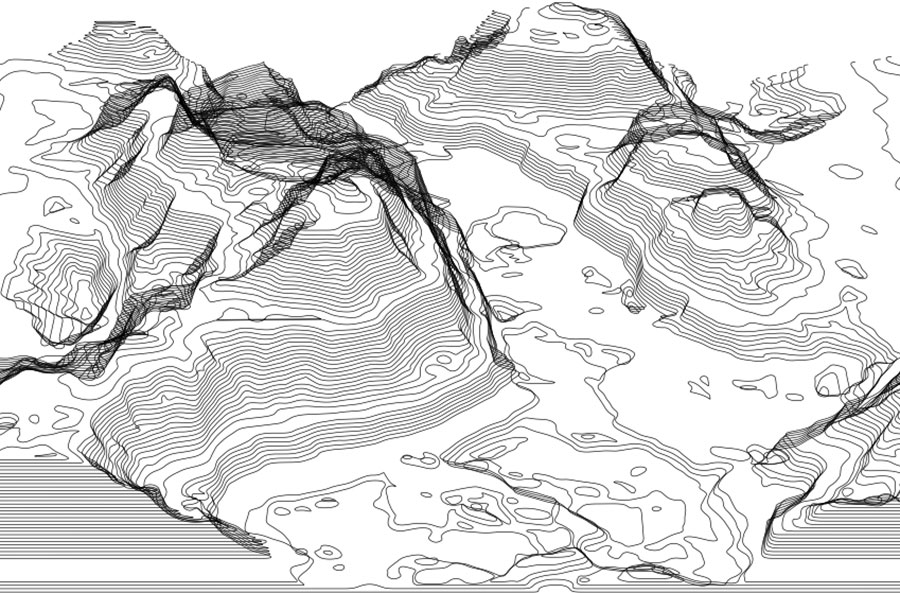Definition
Geography is the “study of the diverse environments, places, and spaces of Earth’s surface and their interactions,” (Johnston, 2018, para. 1). It examines the characteristics of places, particularly their natural environments and peoples, as well as the interactions and relations between the two (Johnston, 2018). It is typically divided into two main branches: physical geography and human geography. Physical geography focuses on processes and patterns in the natural environment, such as the atmosphere, hydrosphere, biosphere, and geosphere. Human geography focuses on people and their communities, cultures, economies, and interactions with the environment by studying their relations with and across space and place (“Geography,” 2018).
Subdisciplines
Physical geography has numerous subdisciplines that are generally grouped into five categories: geomorphology, hydrology, climatology, biogeography, and pedology (Akintola, 2015). These categories are often further subdivided into more specialized areas of expertise. For example, some geomorphologists focus on glacial processes, while others study fluvial processes. The subdivisions of human geography are commonly grouped into the following subdisciplines: cultural, economic, historical, population, political, settlement, and health/medical (Akintola, 2015). Geographers within these subdivisions are often further specialized in their research efforts and may focus on specific world regions, groups of people, or topics.
In Practice
Geographers work in a variety of organizations that seek to understand the Earth’s surface, the distribution of resources, and the nature of human populations. In particular, geographers help shape the future design of cities and infrastructure. Some geographers assess the impacts of rising sea levels, melting glaciers, and tropical storms, while others study impacts of wildfires or manage wetlands. They analyze new markets and locations for businesses and use cutting edge satellite data to defend human rights by detecting large-scale abuses. Geographers also work directly with local people on social justice issues such as health and migration (Pennsylvania State University, 2015, “What Job Can I Get With a Geography Degree?” section, para. 2).
In Disaster Research
Geographers have long focused on hazards and disasters and played a key role in and played a key role in establishing the entire field of hazards and disaster research. Geographers approach the study of hazards and disasters from both the physical and human geography perspectives. Physical geographers study the distribution and prevalence of natural processes, such as earthquakes, hurricanes, and flooding. Human geographers study the human occupancy of hazard zones, human responses to hazards, and the impacts of disasters that affect different populations and places. Professionals in both branches often specialize in subtopics that focus on a single hazard type, a certain affected population, or a particular geographic area and its hazards. Geographer Gilbert F. White (1911–2006) is often credited as one of the founders of hazards and disaster research because of his pioneering work on floodplain management and beyond.
References
Akintola, J. (2015). Major Sub-Disciplines of Geography. GeoLounge: All Things Geography. Retrieved August 29, 2018, from https://www.geolounge.com/major-sub-disciplines-of-geography/
Geography. In Wikipedia. Retrieved August 8, 2018, from https://en.wikipedia.org/wiki/Geography
Johnston, R. (2018). Geography. Encyclopædia Britannica. Retrieved August 29, 2018, from https://www.britannica.com/science/geography
Pennsylvania State University. (2015). What Geographers Do. Retrieved August 29, 2018, from https://www.geog.psu.edu/what-geographers-do


